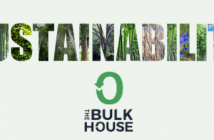It’s amazing what beauty you can find in the old, abandoned, and forgotten. In a world where sustainable living is increasingly on the agenda, small but purposeful trash-to-treasure projects in the home can limit waste and provide a creative outlet for you and the whole family to enjoy.
The eco-friendly benefits of upcycling are vast. Aside from minimizing the volume of rejected and discarded materials being sent to the landfill every year, it also reduces the need for producing items using new or raw materials. This can help put an end to the repeated consuming and dumping cycle of many households.
Upcycling and reusing objects and materials can actually lead to a reduction in air pollution, water pollution (have you seen our oceans, rapidly transforming into seas of plastic?), greenhouse gas emissions, and can also support the conservation of global resources.
If all that eco-conscious talk isn’t enough to get you repurposing your old hangers into kitchen towel hooks, then reflecting on all the fun that is to be had might help. Thinking outside the box can produce some seriously impressive transformations of everyday items you were just about to throw out or happen to adopt and save from the waste heap. Taking someone’s trash and making it your treasure not only happens to be a tried and tested way to be proactive in your eco-friendly endeavors but is also the making of a fulfilling craft project.
I started my upcycle project with a walk and foraging expedition through the hutongs. You will be amazed at what you can find lying around in these ancient residential alleyways and lanes. I wanted to find raw materials, like wood or stone that speaks to the beauty of the natural world around us, and use it in a repurposed fashion inside the home. With the help and company of my like-minded colleague, I put on some layers, braved the cold, and went on a hutong hunt.
Not even thirty minutes into our walk through the southern parts of Beijing’s hutongs, we came across a lonely wooden trunk sitting outside a couple’s home and place of business. The trunk was keeping a heavy potted plant sturdy and was covered in dust. My colleague kindly took the lead and knocked on the door. A brief conversation in Chinese ensued, as the looks on the couple’s faces transitioned from bemusement to unexpected curiosity, and finally excitement.
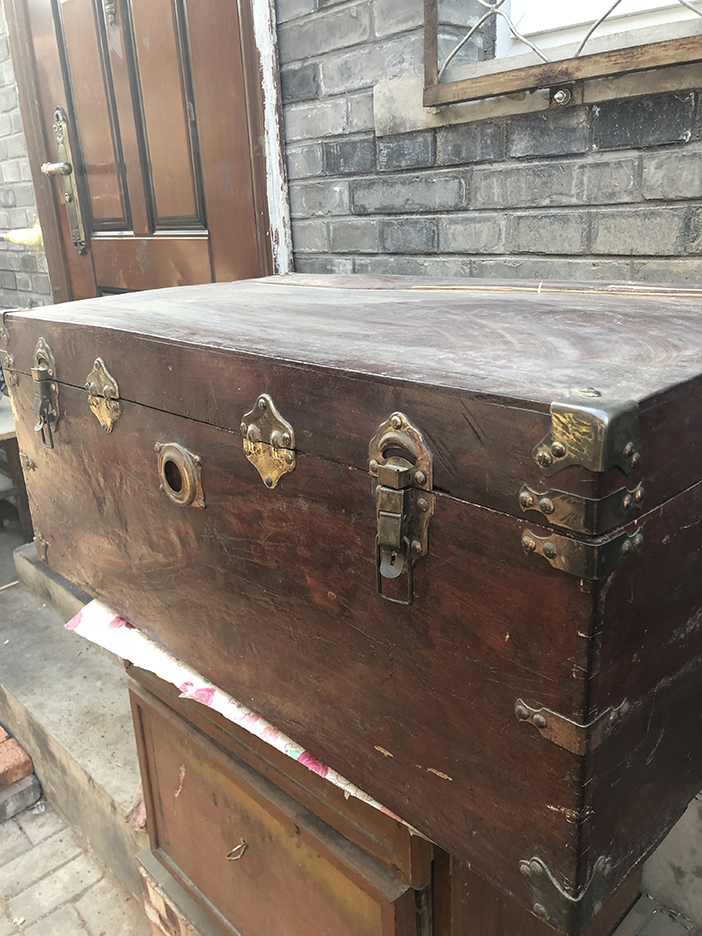
What could this foreigner possibly want with this old thing? I suspected was the first unspoken thought that came over their minds. The couple left behind what they were doing inside and joined us outside in the cold to talk money. They explained that the trunk was once used to store clothing and is made from real wood with brass latches. They then told us we could have it for RMB 50. Hiding my absolute elation at this complete and utter bargain, I agreed and a quick WeChat transfer followed.
I disdain stereotypes like any other, but we Brits do love a bargain, and the only thing we love more than a bargain has got to be walking away with freebies! A walk through the hutongs for upcycle projects, will not always lead to a monetary transaction. We came across a number of friendly locals who had heaps of discarded trash on their doorsteps ready to be transformed into treasure, and given away for free. Just before finding the trunk, I spotted a beautifully ornate vintage iron table with a stone top. If it were not for the conundrum of how I would get it home in one piece, this article would be about two upcycling projects instead of one!
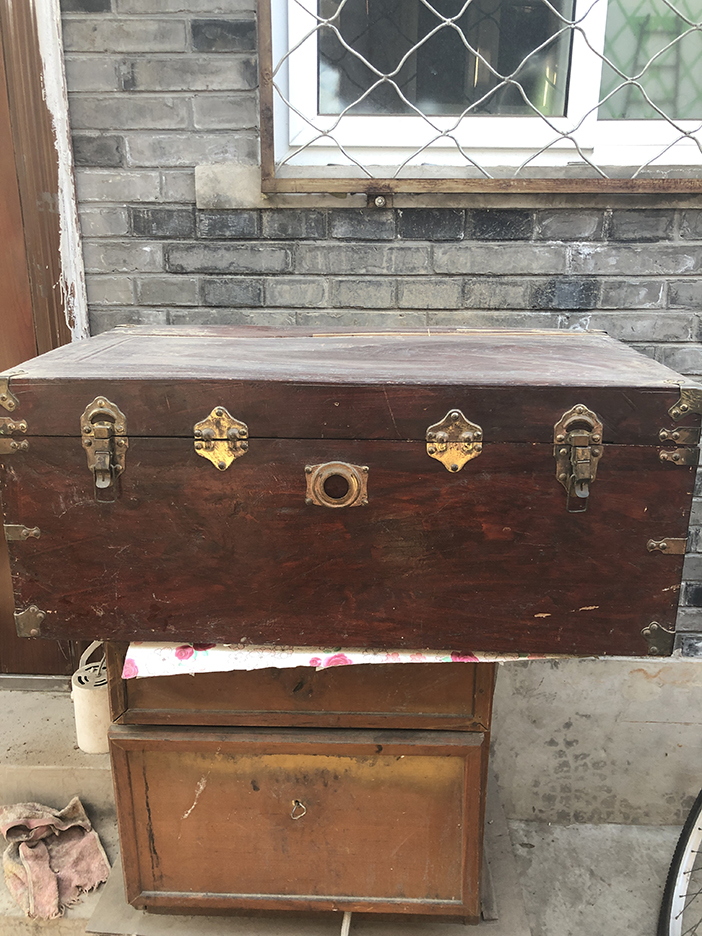
Not only did I serendipitously come across the find of my dreams, allowing yourself to be open to new discoveries is the ultimate way to meet new people and gain insight into worlds other than your own.
Before we took my prize home to lovingly transform, a man approached us outside what we thought was a salvage-yard style storefront. He showed us some beautifully handcrafted jewelry pieces he said he had made, just before inviting us into his home for the best coffee I have tasted in this city. Mr. Wei is an artist and in true ‘star-aligning’ fashion, spent the afternoon sharing with us how he takes raw materials, like stone and wood, and transforms them into pieces of art, jewelry, and everyday items. Unfortunately, Mr. Wei had nothing that was for sale, as he too is a hutong forager, collecting materials and breathing new life into old things.
The task at hand when I got home was bigger than I had originally thought, but was worth every moment. After petitioning friends to help me sand down the wooden trunk, I roped in the beautiful Scott family to help with my upcycle project. Remember that friends and family can, and I would argue should, be a part of your upcycling journeys.
It took several days to sand down the trunk; remember to research what kind of sandpaper you need, as they come in different grades; use wooden blocks where possible, and use something to protect your flooring. After the sanding was complete, I used a white grain filler, to fill the cracks and accentuate the natural grain pattern in the wood. Rather than add paint, varnish or wax, I chose a rub-in oil, which added a natural sheen and celebrated the wood and all its raw elements. Rub-in oils are easy to use and simple to apply. Just rub in! Use Tung oil or linseed oil; allow the oil to penetrate the wood, and then wipe off the excess. They naturally dry or cure on their own and leave a “natural” wood finish.
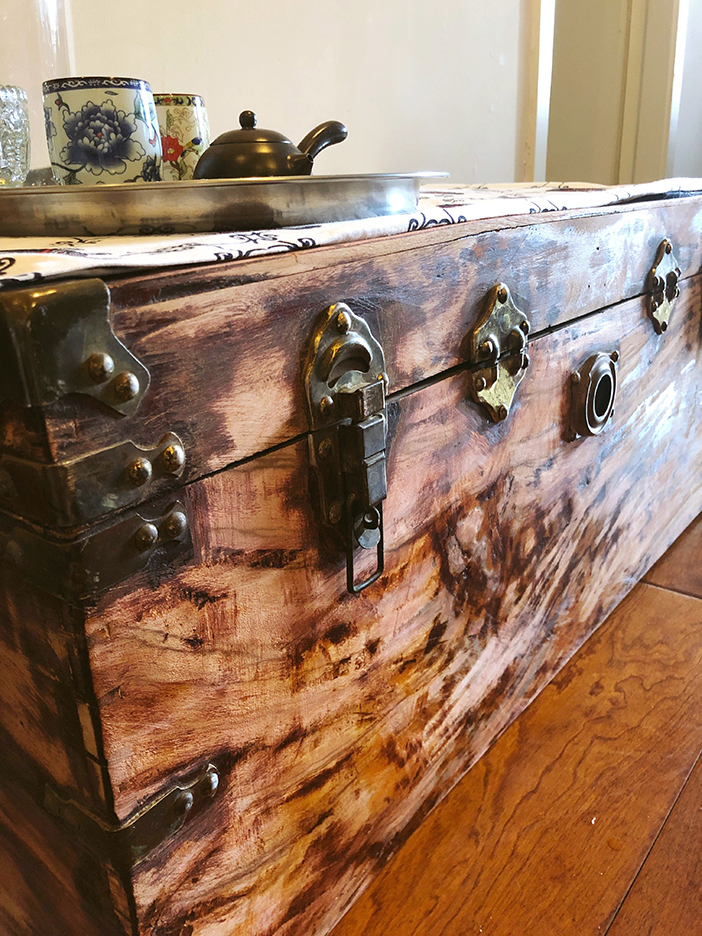
My wooden trunk is now a low-sitting coffee table. I dressed it using organic cotton and vintage tealight holders. I think it makes a wonderful addition to our living space, and can be used as an ornamental feature or more practically to pour and serve tea or play a board game. The trunk doubles up as a storage box, and is definitely a true trash-to-treasure piece.
Get upcycling, encourage friends to donate rather than chuck out items and materials, and actively look for pieces inside and outside the home that you could creatively transform. Partner your project with crafting family and friend days; share a bottle of wine; get the kids to muck in; and get repurposing, reusing, and rejoicing! Tea anyone?
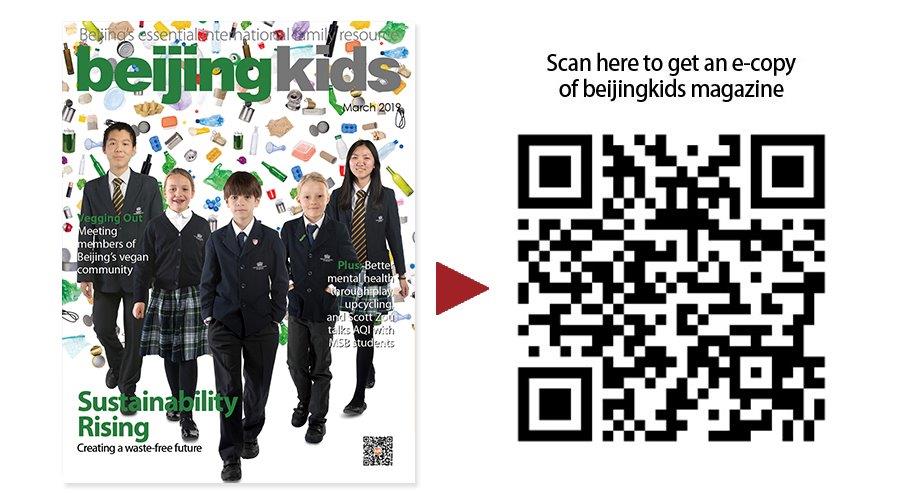
This article first appeared in the beijingkids March 2019 Sustainability issue.
Photos: Nicole Bonnah


